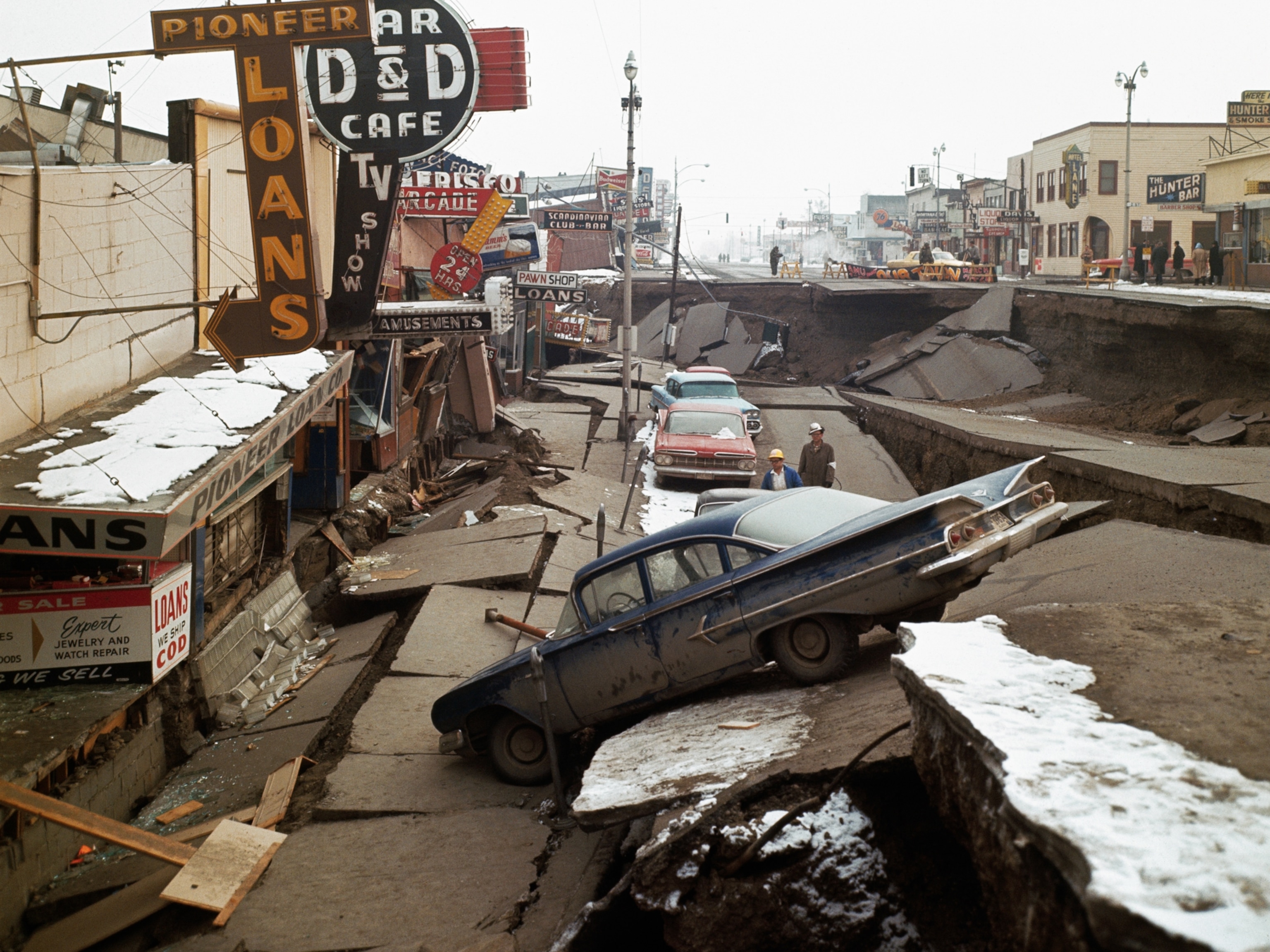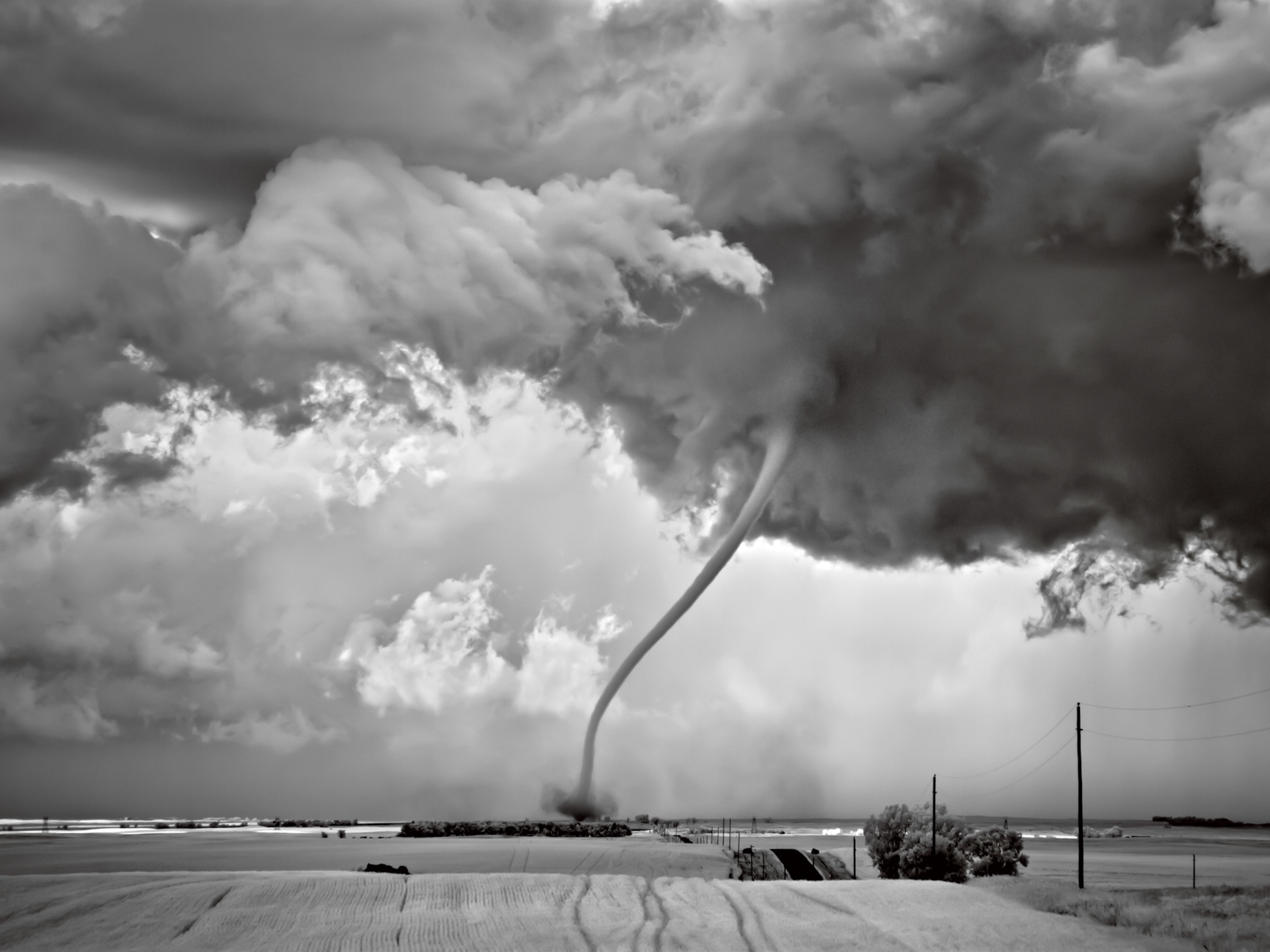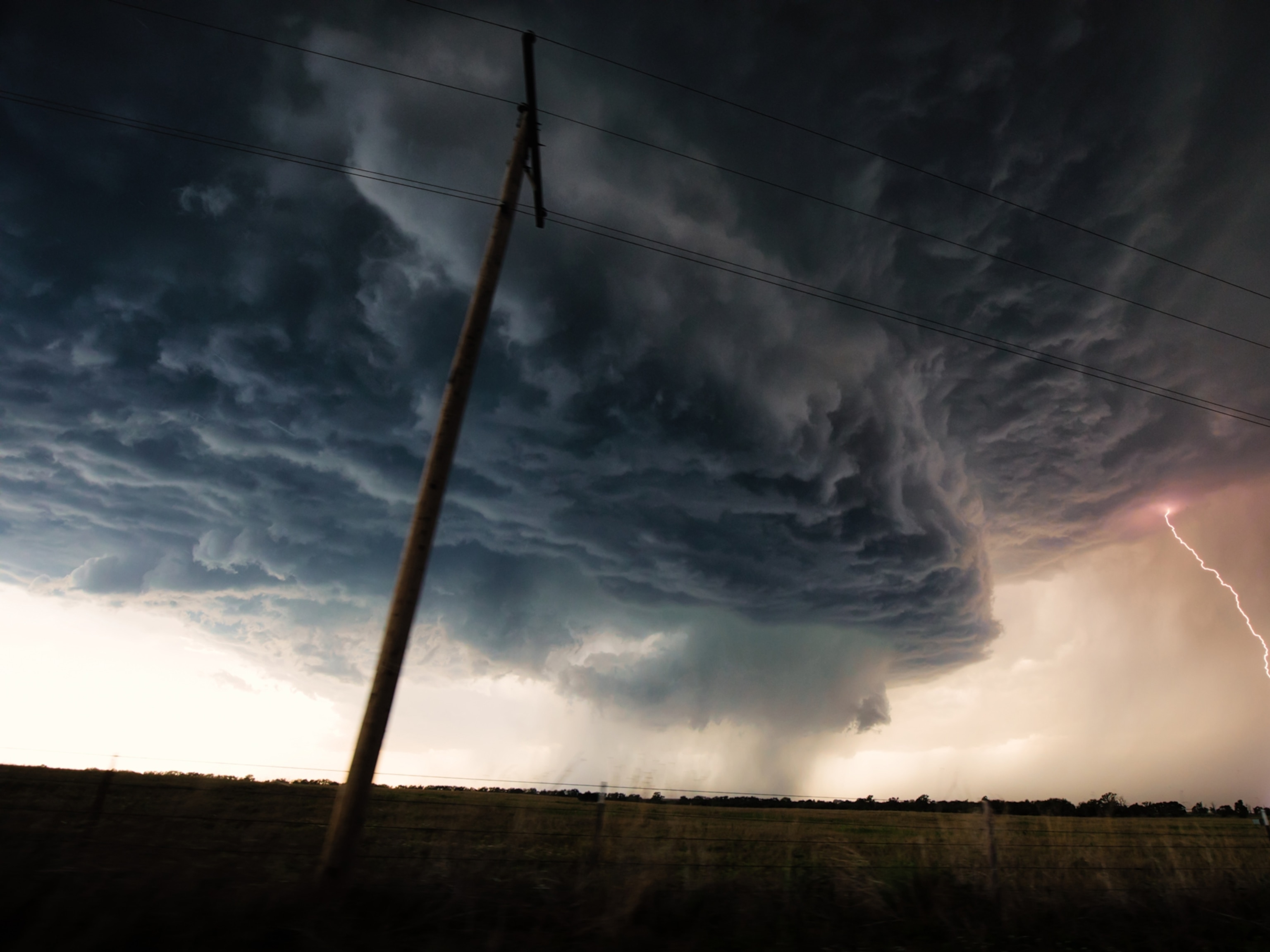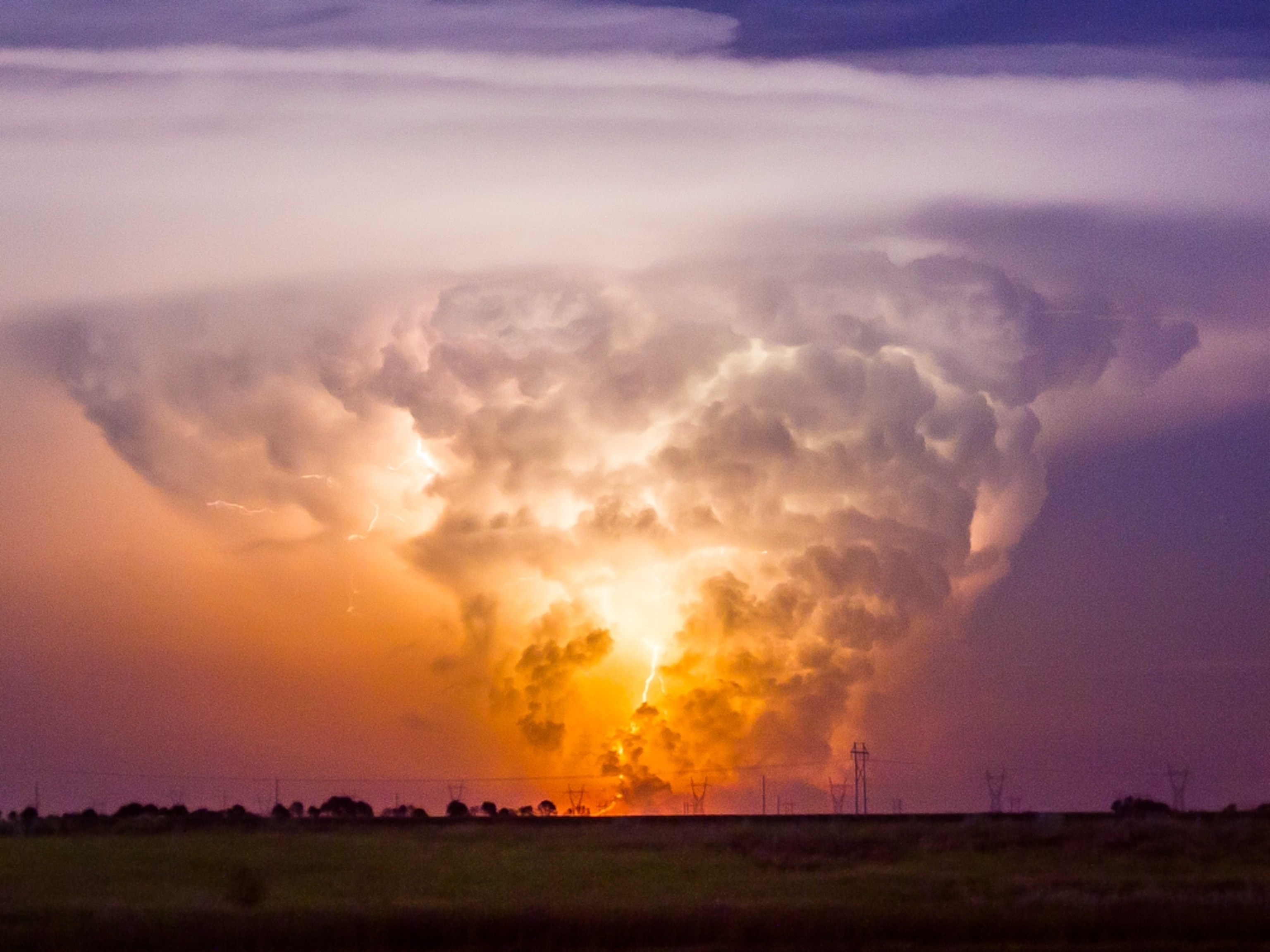
Can We Really Make Tornadoes for Energy? This Man Wants to Try
Inspired by nature, Louis Michaud is on an unlikely quest to pull energy out of thin air.
Creating a tornado sounds pretty easy, to hear Louis Michaud tell it. All you've got to do, he says, is "produce warm air, give it a spin, and basically have it rise."
He has built machines that do this—and of course, it wasn't quite so easy. With prototype after prototype of his Atmospheric Vortex Engine, the Ontario, Canada-based engineer set out to prove that humans could make their own twisters. He's done so on a small scale, creating narrow, wispy swirls easily dispersed by a strong wind.
To power entire communities, though, it would take a much larger and stronger vortex—30 meters (98 feet) wide and 14 kilometers (8 miles) tall, Michaud says, adding that the force wouldn't be dangerous because it would be stationary and controlled. He envisions funneling waste heat from a power plant, for example, into his system; the spinning air would power a turbine as it naturally rises through the atmosphere.
Michaud believes vortices could be one way to provide clean energy with cheap, freely available fuel as the world seeks to meet demand while staving off global warming. His efforts, along with those of five other projects, appear in Breakthrough: Energy on the Edge, airing Sunday at 9 p.m. EST on the National Geographic Channel.

The genesis of Michaud's project, which began as a hobby in 1969, wasn't to produce energy at all: He was aiming for water. If you could heat air and then capture the condensation as it cools, he thought, it might offer an alternative to conventional distillation. That didn't pan out. But when Michaud read about how the atmosphere is warmed from the bottom and cooled from the top, he thought, "Oh! That's why we're producing energy in tornadoes." (See other forces of nature that contain immense amounts of energy.)
Another project caught his attention in the 1980s. Using the same thermodynamic idea, an experiment in Spain generated power by using the sun to warm air near the ground, channeling it up through a chimney to turn a turbine. (Read more about efforts to revive the solar chimney concept.)
The trouble with a solar chimney, Michaud says, is that it needs to be built unrealistically high to get efficient power. Nature, on the other hand, builds such high chimneys all the time with tornadoes.
He went on to build several versions of his engine, including one on the campus of Toronto's Lambton College funded by Silicon Valley investor Peter Thiel's Breakout Labs.
"It was very exciting," he said, to see a man-made twister rising out of the engine, made visible by smoke injected at the base. "The whole team was shouting."
So he's proven that humans could make controlled tornadoes—but how to harvest the energy?
This is where the vortex engine has run out of air, so far. In order to hook up a a commercial-scale turbine to the vortex, Michaud would need to produce a far more powerful and stable one. He estimates that would take a cross-disciplinary team of experts and about $1 billion in development funds.
"This has got to be a group effort," he says.
A vortex engine built at maximum capacity could provide 200 megawatts of power capacity, Michaud says, enough to power hundreds of thousands of homes. "This cannot be done on a small scale," he cautions. "I'm not talking about doing something for your home."
For now, Michaud isn't sure how to achieve that scale. He believes the problem would be solved in just a few years if the world would devote the same kind of resources that it has devoted to, say, the space race. That isn't happening anytime soon, so in the meantime, he continues to advocate for building on his proof-of-concept.
Michaud spent 25 years as an engineer in the oil industry. He agrees it's ironic that he's now championing such a radical departure from fossil fuels, but says the petrochemical industry is full of people like him with specialized knowledge and skills that could inform new ideas.
"When an engineer who's got a fair track record says that something is possible, you should listen to him," he says. "He's probably right."
The story is part of a special series that explores energy issues. For more, visit The Great Energy Challenge.
On Twitter: Follow Christina Nunez and get more environment and energy coverage at NatGeoEnergy.





